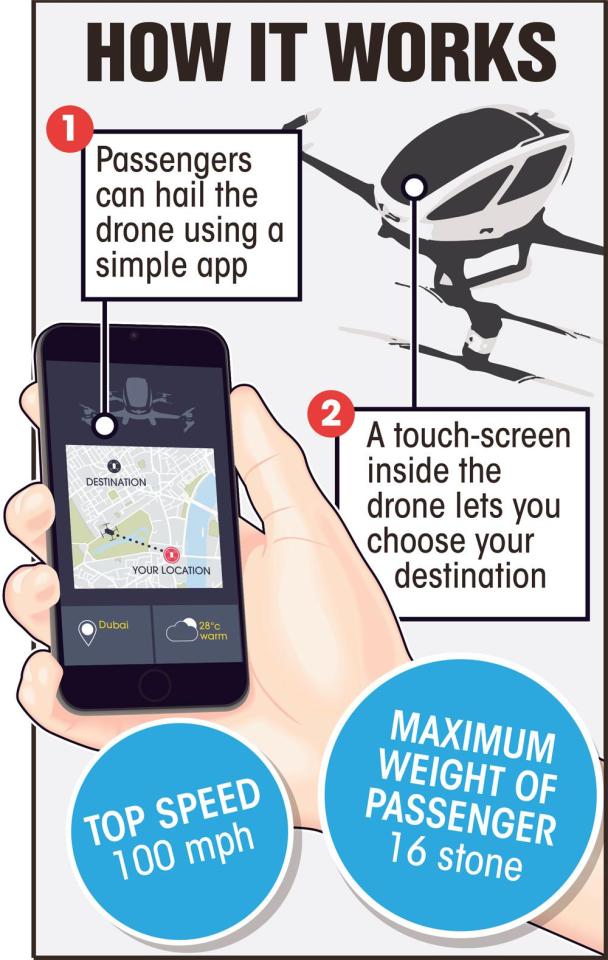Lead Swedish researcher, Stina Simonsson, is in high spirits as she claims that her research team, created from the collaboration between scientists from Chalmers University and Sahlgrenska Academy from Belgium, has made a breakthrough in the field of medicine. This was after they were able to produce 3D-printed stem cells from cartilage cells extracted from knee surgery patients.
According to Simonsson, while the process to naturally differentiate stem cells into cartilage is not complicated, they were the first ones to successfully generate artificial cartilage, using real stem cells, which can be used for osteoarthritis treatment and damaged cartilage tissue repair. They made use of 3D bioprinting, also referred to as additive manufacturing, a process applied in regenerative medicine to address the issue of the rise in demand for engineered organs and tissues for transplantation on patients.
The process, posited by Simonsson, did not even require subjecting animals for testing and the good news being the stem cells were able to survive the printing process.

How does 3D bioprinting work?
After cartilage cells are harvested from patients who have undergone knee surgery, these cells are then transformed back into “pluripotent” stem cells. These stem cells are called the master cells since they have the potential to form all other cell types.
After being reverted, these cells are then covered in nano-cellulose material and bio-printed. The nano-cellulose compound is instrumental in the survival of these cells during printing. When they survive, growth stimulants are used to aid in cell differentiation and multiplication. Consequently, artificial cartilage will be formed.
However, the research team also disclosed one challenge they need to deal with. According to them, before patients can receive 3D bioprinted cartilage implants, further exploration should be done to find the perfect cellulose material that can be broken down properly and accepted by the body to ensure what remains is endogenous cartilage.
If this technique is applied, they also warned that more live stem cells will be needed. At the moment, the cellulose they have used is believed to be not perfectly suited for the human body.
The process of 3D bioprinting has already been in existence in recent years, with medical researchers from other parts of the world, including the U.S and Canada, trying this technology. Four years ago, scientists from Cornell University were able to generate human ears from cells harvested from a cow and 3D bioprinted. Conversely, Princeton University also reached a breakthrough when researchers used a 3D bioprinter to grow ears. They even claimed that these ears are able to receive frequencies from a very far range, outdoing the hearing capabilities of humans.
In Toronto Canada, the collaboration between the researchers from the University of Toronto and the Ross Tilley Burn Centre, resulted in the development of a process to mimic the appearance and qualities of human skin. This can be used for burn patients in the future, according to Dr. Marc Jeschke.
Meanwhile, despite the need for exploring new cellulose material, the hopes of researchers remain high. They believe that in the time, they can achieve their goals since the first steps have been taken and results are positive.
References
http://www.cbsnews.com/news/scientists-hit-milestone-in-successful-3d-printing-of-cartilage/
https://cosmosmagazine.com/biology/stem-cells-survive-3d-printing-to-produce-cartilage



